Housing Cairo +
Cairo Desert Cities
Editors: Marc Angélil and Charlotte Malterre- Barthes in
collaboration with Something Fantastic and CLUSTER, 2016
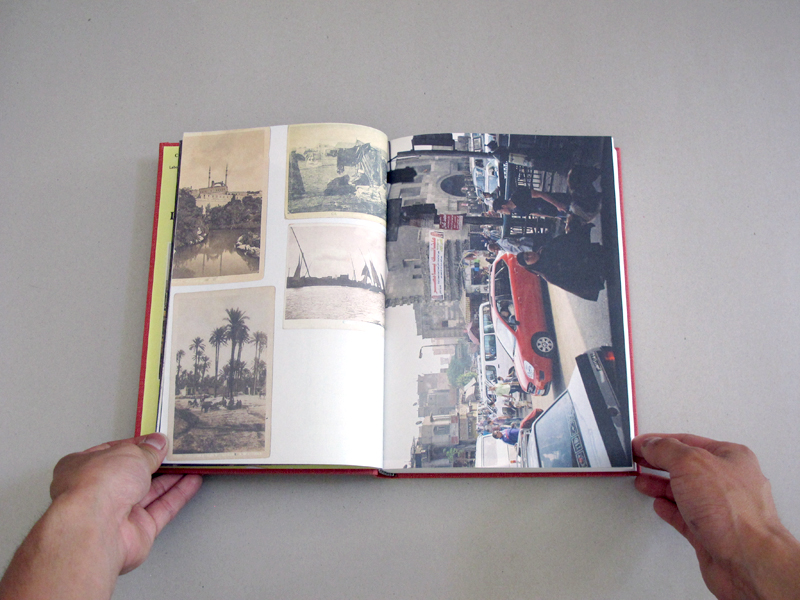

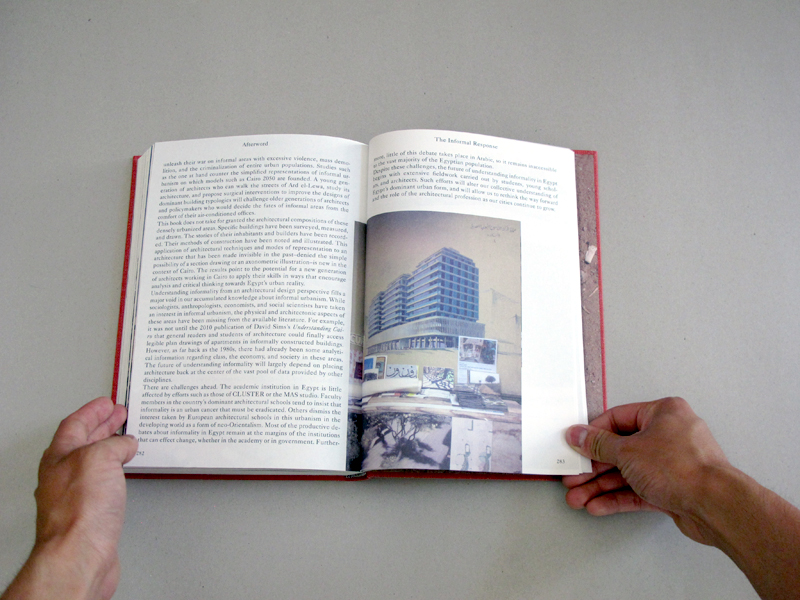


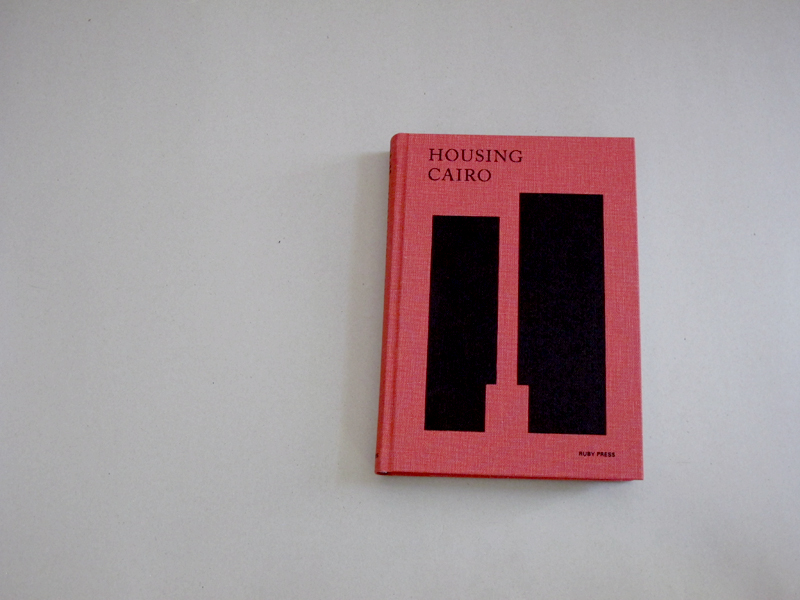





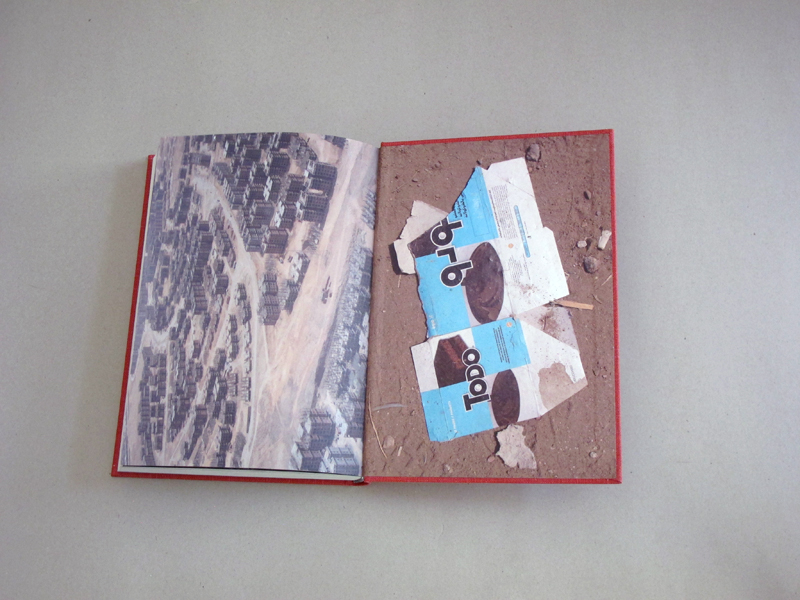
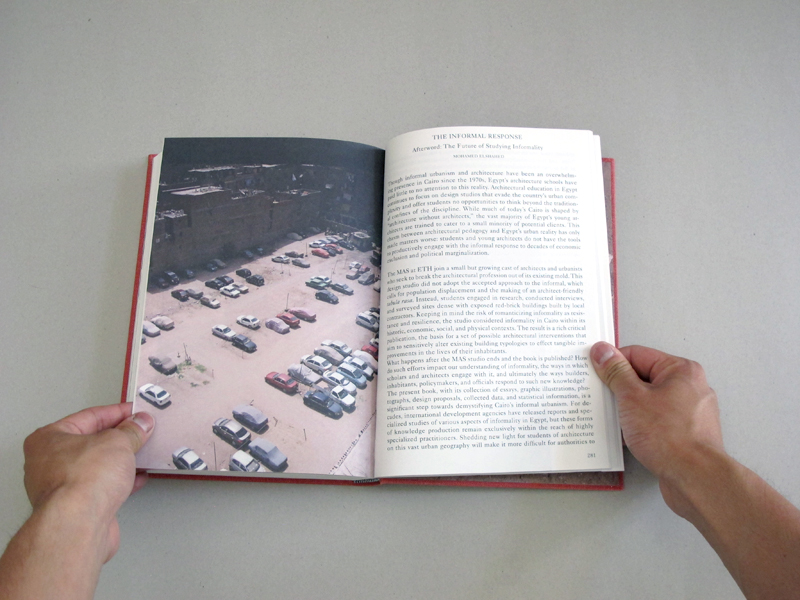
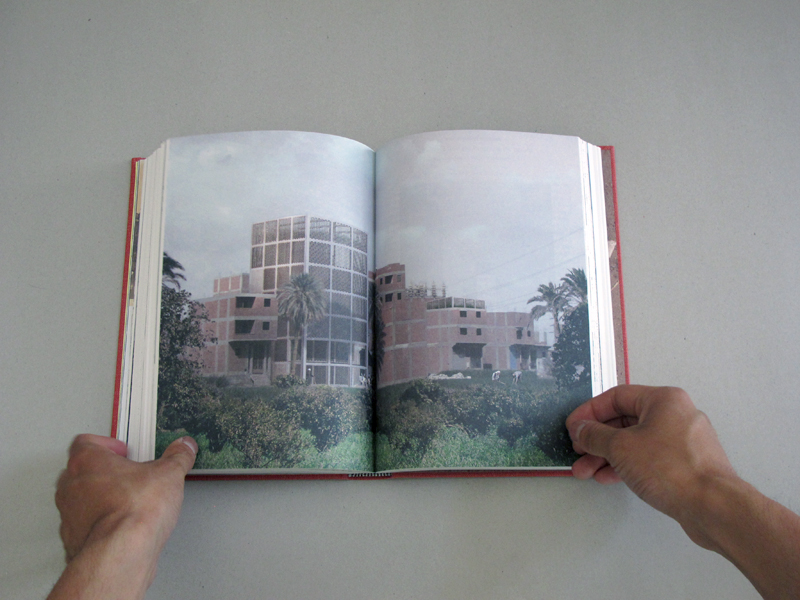
Housing Cairo
Home to 20 million people and still growing, Greater Cairo mirrors the global phenomenon of unplanned urban growth. Approximately 60 percent of the population of Africa’s biggest city lives in so-called informal housing, typically five-to-ten-story concrete-and-brick-infill structures built without permits in the desert or on former agricultural land. Housing Cairo: The Informal Response illuminates the architecture of informality and its mechanisms of production through a series of theoretical essays and architectural design proposals. Central to the project is a re-examination of the concept of “informality” itself and its often negative connotations. As the book argues, Cairo’s informal response to housing needs is not a marginal phenomenon, but rather an intelligent, optimized answer to planning incapacities – an answer that architects and planners should themselves be participating in.
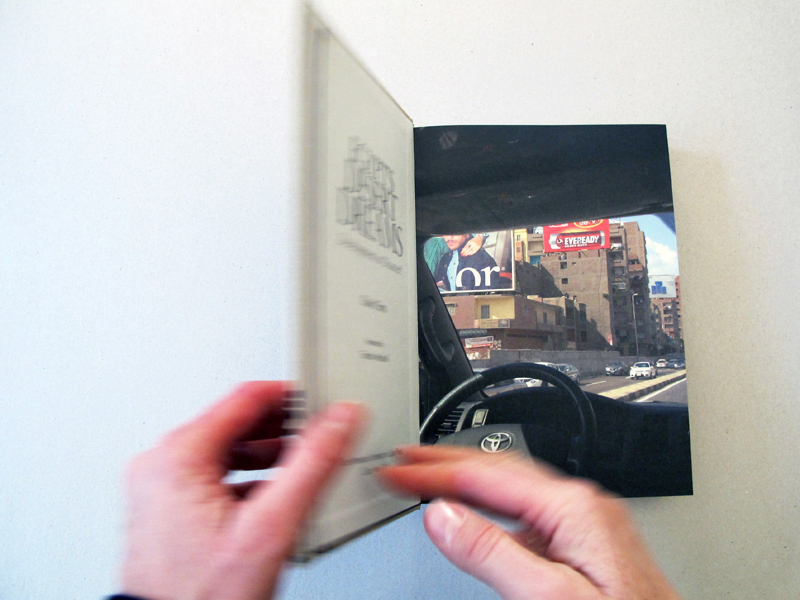


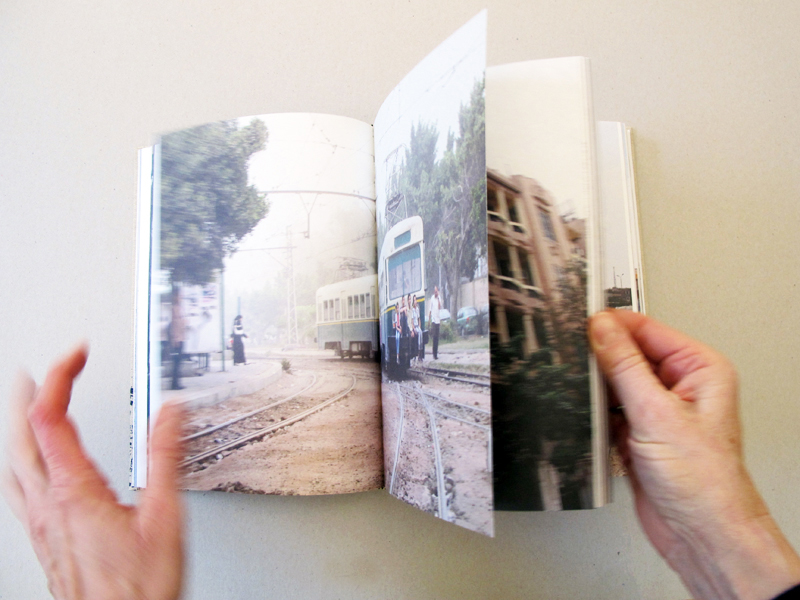

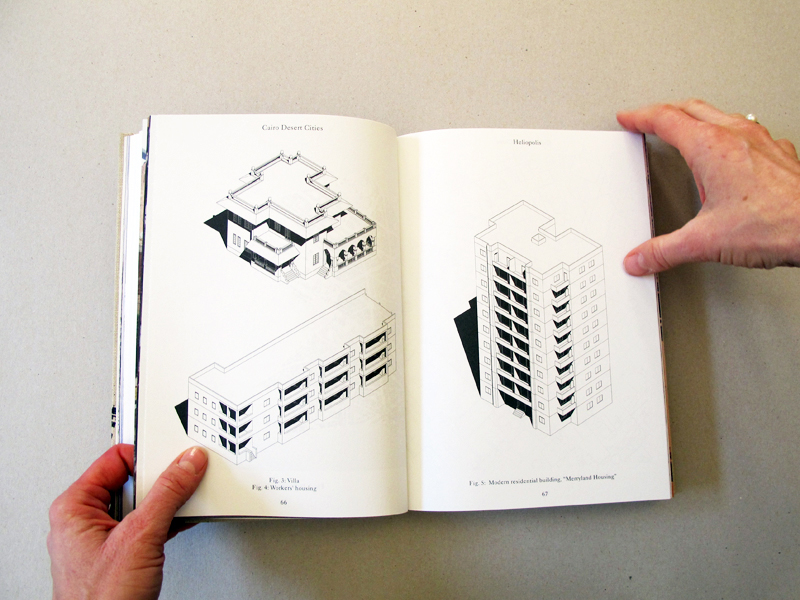


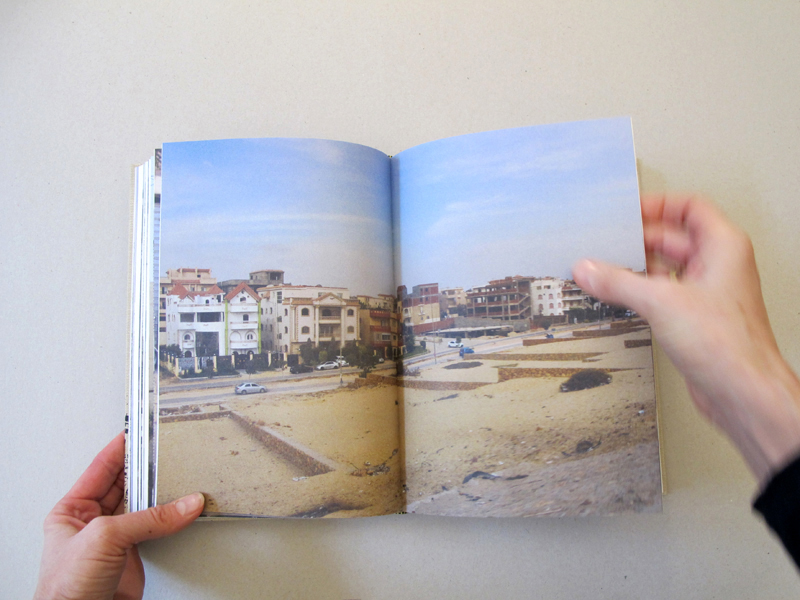









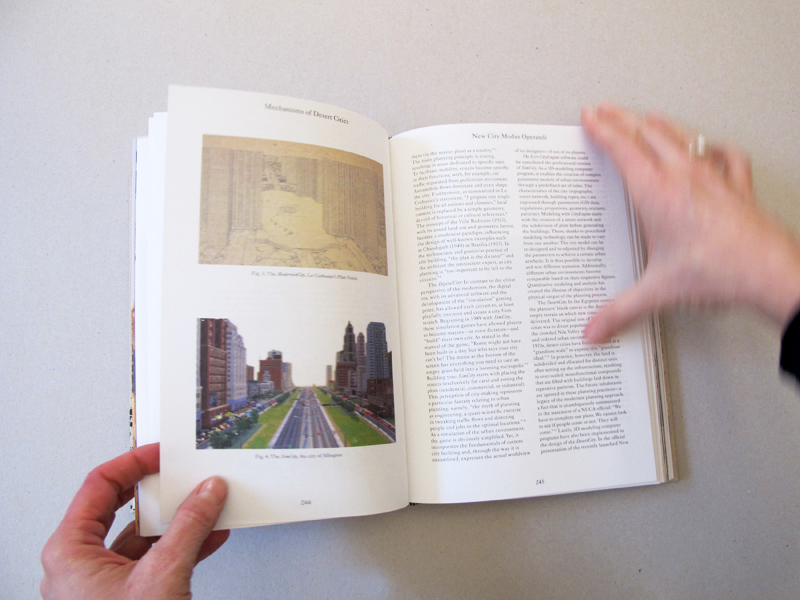




Cairo Desert Cities
Since the 1950s, Egypt has developed a dozen new towns in the desert around Cairo. This book offers the first systematic exploration of these cities, analyzing their urban form, their promise, and their shortcomings. Originally intended to satisfy growing demand for housing, most of the desert towns have never been completed. Taking this permanent condition of emerging urban development at face value, the study aims to identify the as-yet dormant potential of these towns through a series of design scenarios. Cairo Desert Cities underscores the value of re-engaging in modernist town planning, for wiping away the dust of past failures may uncover the contours of future opportunities.